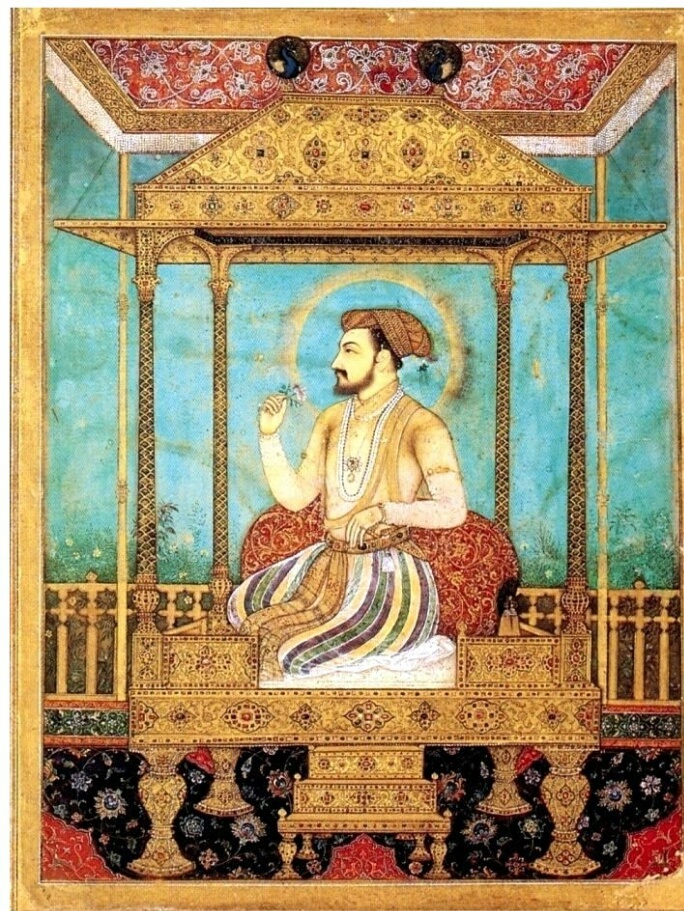
Shah Jahan was widely considered to be the most competent of Emperor Jahangir's three sons, and after Jahangir's death in late 1627, when a war of succession ensued, Shah Jahan emerged victorious. He put to death all of his rivals for the throne and crowned himself emperor in January 1628 in Agra under the regnal title "Shah Jahan" (which was originally given to him as a princely title). Although an able military commander, Shah Jahan is perhaps best remembered for his architectural achievements. The period of his reign is widely considered to be the golden age of Mughal architecture. Shah Jahan commissioned many monuments, the best known of which is the Taj Mahal in Agra, which entombs his beloved wife Mumtaz Mahal.
In September 1657, Shah Jahan fell seriously ill, which set off a war of succession among his four sons, in which his third son Aurangzeb, emerged victorious.[10] Shah Jahan recovered from his illness, but Aurangzeb put his father under house arrest in Agra Fort from July 1658 until his death in January 1666.[11] On 31 July 1658, Aurangzeb crowned himself emperor under the title "Alamgir."[12]
The Mughal Empire reached the pinnacle of it's glory during Shah Jahan's reign and he is widely considered to be one of the greatest Mughal emperors.[13]
Hi! I am a robot. I just upvoted you! I found similar content that readers might be interested in:
http://www.wikiomni.com/pages/Shah_Jahan
Downvoting a post can decrease pending rewards and make it less visible. Common reasons:
Submit
vote
Downvoting a post can decrease pending rewards and make it less visible. Common reasons:
Submit